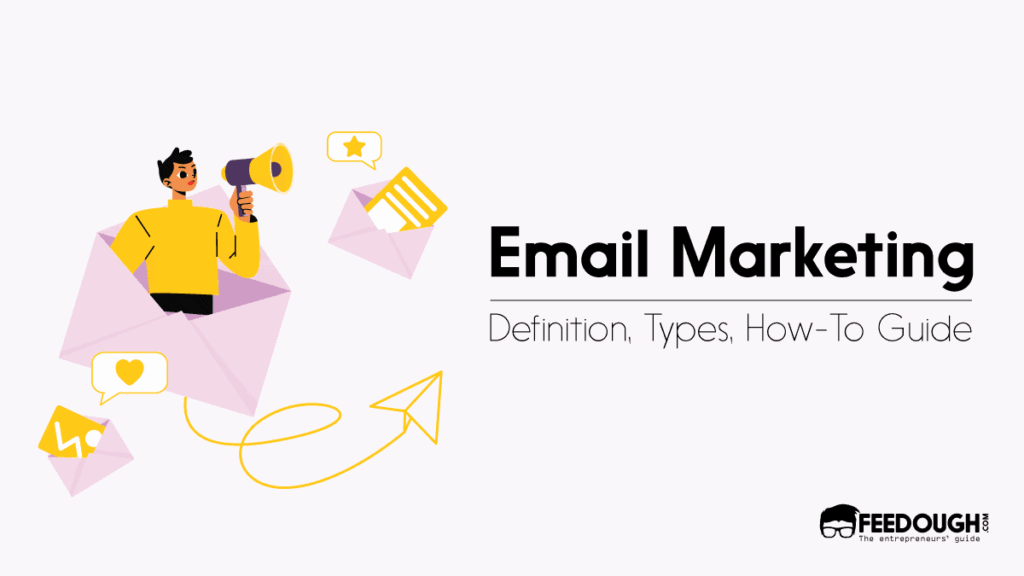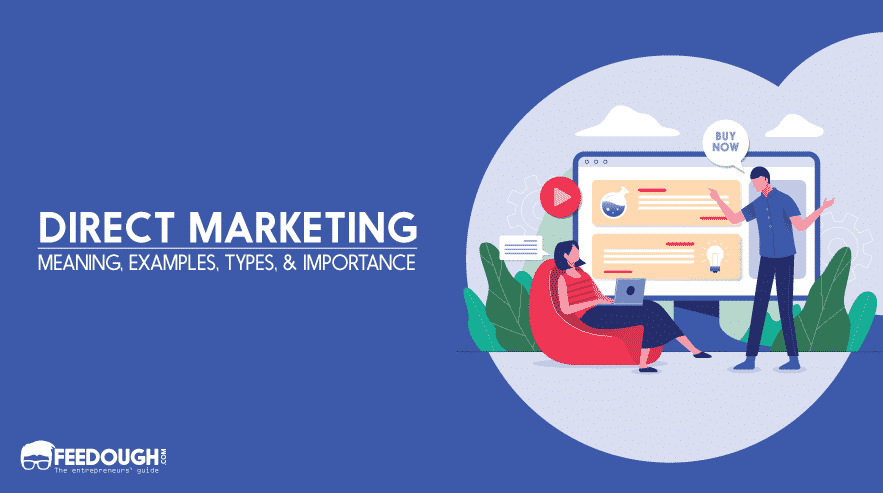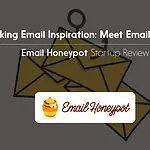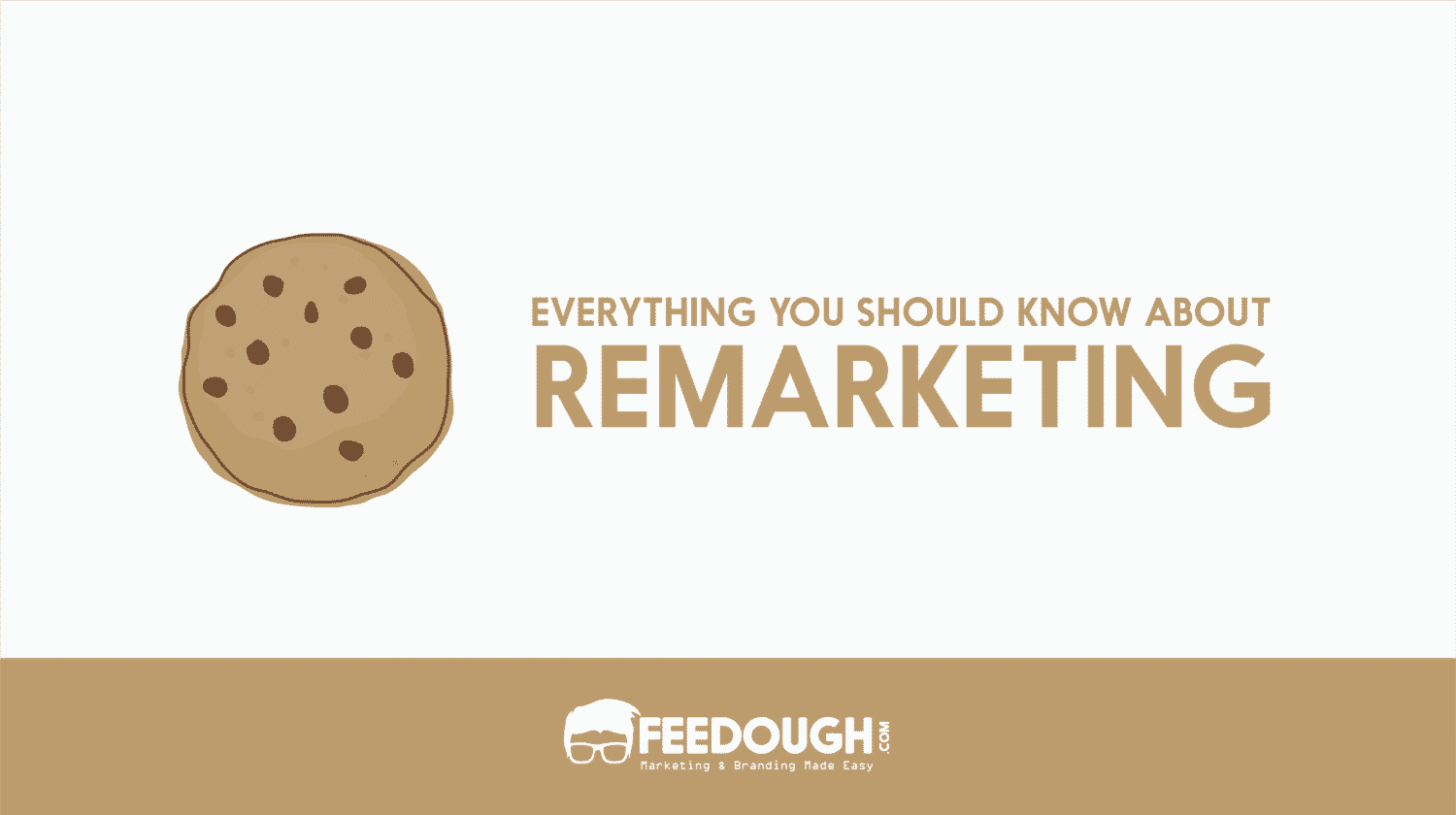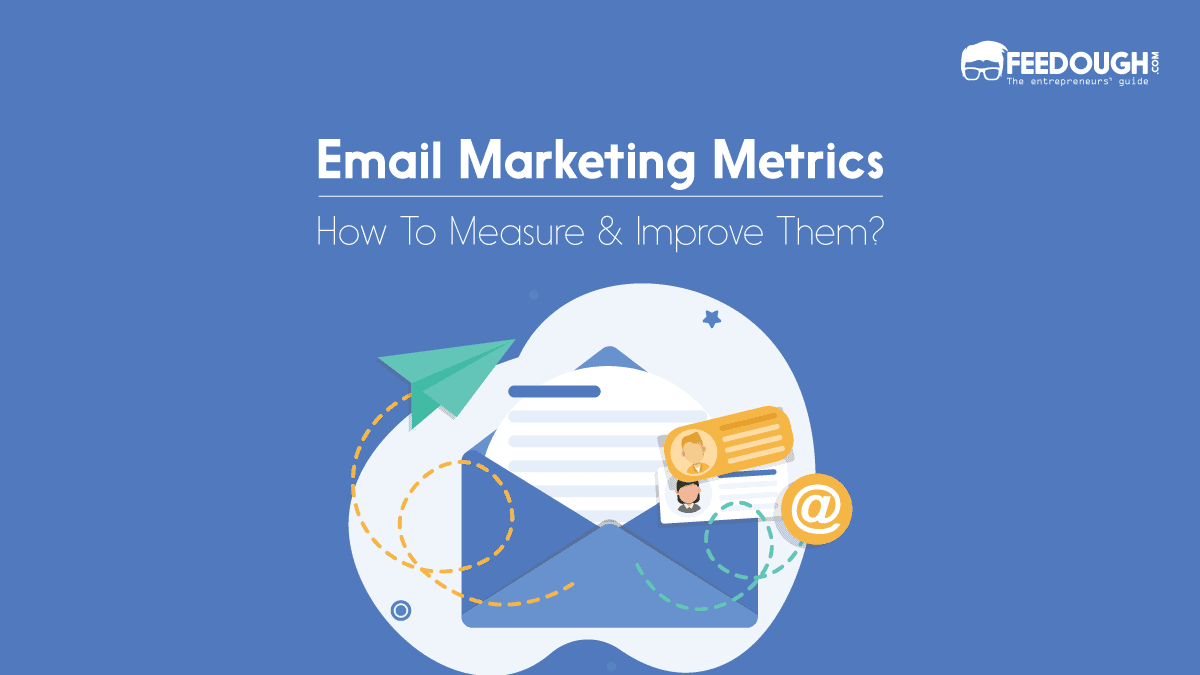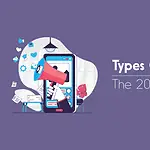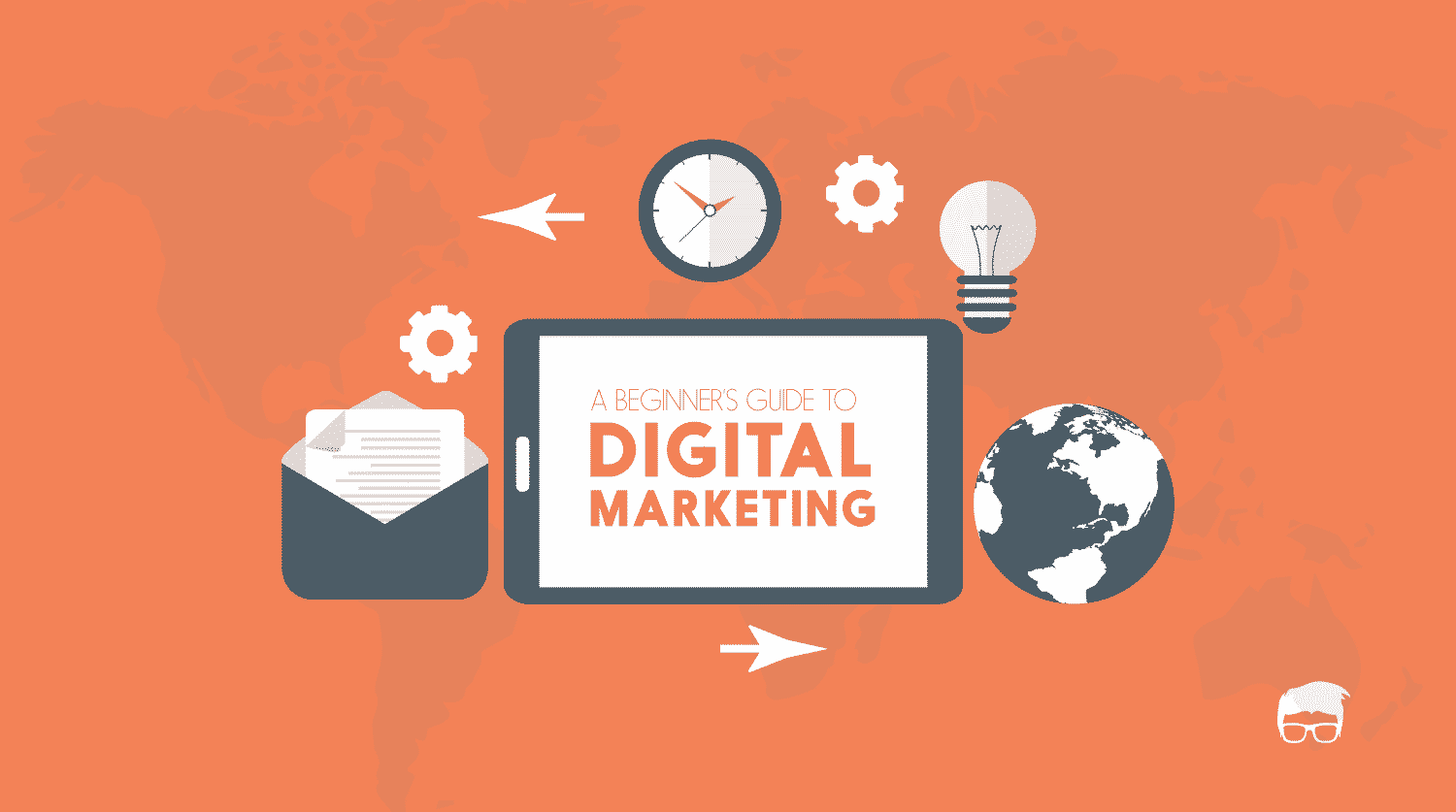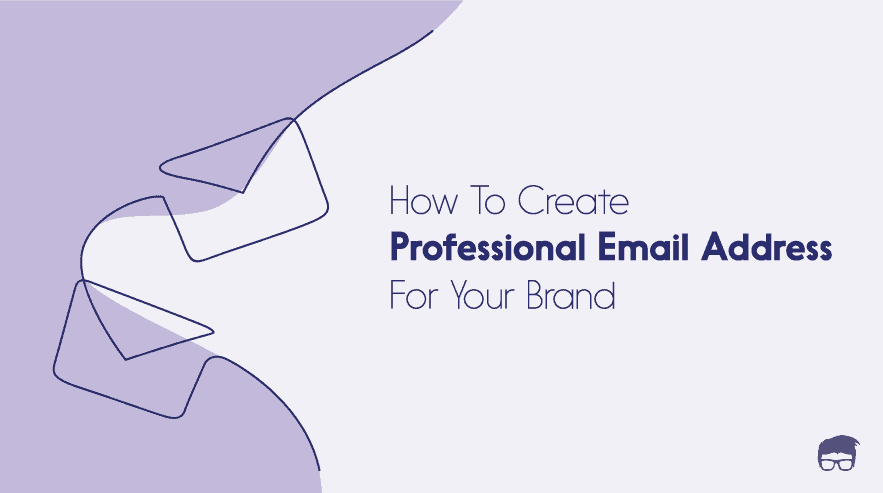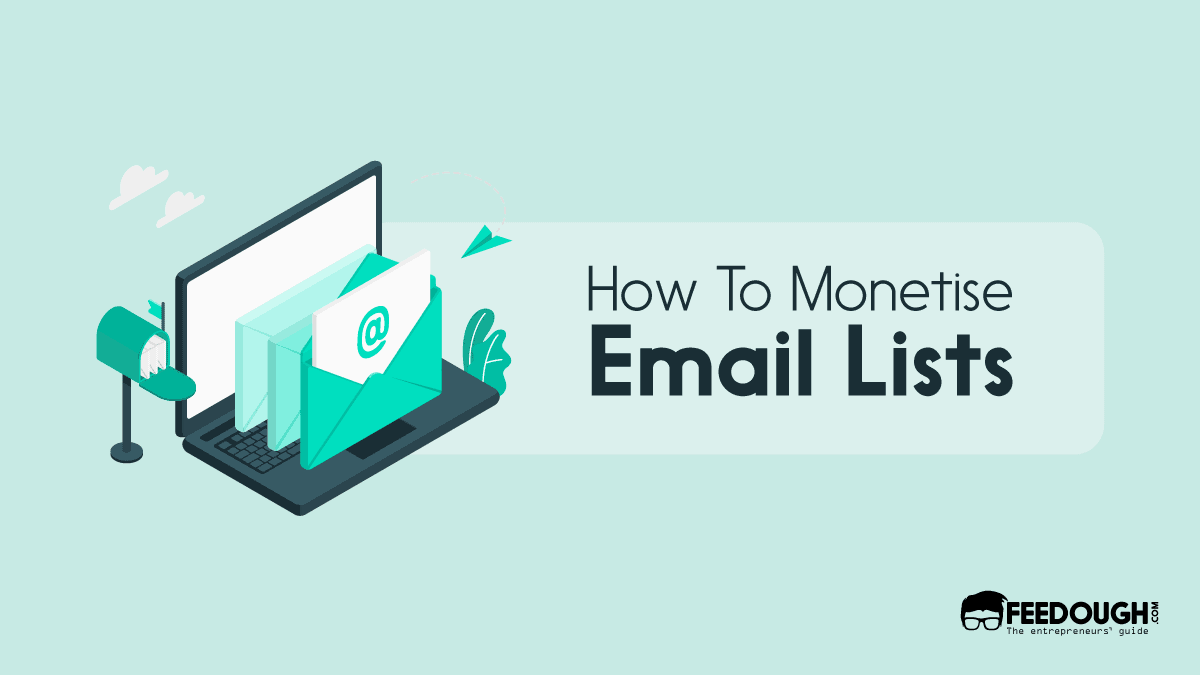Emails existed way before the internet was even a thing. In fact, the first email was sent in 1971, 12 years before the internet was created. And while technology has changed a lot since then, email remains one of the most popular and effective communication tools.
Today, with over 4 billion email users, email marketing has become one of the most popular marketing channels. This marketing technique involves sending targeted and personalised emails to a group of potential or existing customers to fulfil a marketing goal.
While email marketing may seem like a relatively simple concept, a lot goes into creating and executing an effective email marketing campaign. In this guide, we will cover everything you need to know about email marketing, from its basics to its advantages and disadvantages, and provide some helpful tips on how to get started.
What Is Email Marketing?
Email marketing is a form of direct marketing where marketers send targeted and personalised emails to a group of potential or existing customers intending to fulfil a marketing objective.
Email marketing campaigns can achieve various marketing goals, such as building customer relationships, generating leads, increasing brand awareness, driving website traffic, or expanding the impact of a marketing campaign.
Whatever the goal, every email marketing campaign relies on four enablers:
- A large and engaged email list: It involves sending messages to a list of subscribers who have either opted-in to receive marketing communications from your brand or have been added to your contact list organically.
- Compelling and targeted content: The message you send as part of your email marketing campaign must be compelling and relevant to your audience.
- An effective email marketing strategy: An overarching marketing strategy that includes segmentation, personalisation, and a call to action.
- A reliable email marketing platform: The software you use to execute your email marketing campaigns. This will take care of the technical aspects of sending mass emails, including delivering your emails to the inbox and providing you with detailed analytics.
In its broadest sense, every email sent to a potential or existing customer with the intent to fulfil a marketing objective can be considered email marketing.
What Is An Email Marketing Campaign?
An email marketing campaign is a sequence of one or more emails that are sent with the intention of achieving a specific marketing goal. For example, the goal of such marketing campaign might be to:
- Increase brand awareness
- Generate leads
- Nurture prospects
- Promote a product or service
- Reengage customers
Email marketing campaigns are typically automated and triggered based on certain conditions or actions, such as:
- A new subscriber signs up in your list
- A customer abandons their shopping cart
- A prospect clicks a link in your email
Email marketing campaigns are an essential part of any marketing strategy and, when executed correctly, can be incredibly effective.
Importance Of Email Marketing
Email marketing is one of the most effective ways to reach your customers. In fact, a study by Litmus found that email has an ROI of $36 for every $1 spent on email marketing. That’s a pretty good return on investment!
Besides the monetary benefits, it can also help you in the following ways:
- Build engaging relationships with your customers: Email allows you to develop a relationship with your customers and build a rapport that would be difficult to establish through other channels as it provides a more personal way to connect with them.
- Personal channel to fulfil marketing goals: Email is a highly personal channel which allows you to deliver targeted content to your audience which is relevant to them and helps you achieve your marketing goals.
- Helps in segmented and personalised marketing: Emails allow you to send more targeted and personalised messages based on the customer’s behaviour, preference, and state in the marketing funnel, leading to better conversion rates.
- Controlled marketing: Unlike Facebook, Instagram and Google, you have more control over your email list. You can segment it, choose who receives which emails, and even send different types of emails to different segments.
How Does Email Marketing Work?
In simplest terms, email marketing works by sending out a commercial message to a group of people via email. Typically, recipients will see your message in their inbox and can decide whether to engage with the content or ignore it.
However, an email marketing campaign is much more than just sending out mass messages to a group of people.
It involves the following steps:
Getting Permission
You can’t just add someone to your email list and start sending them marketing messages. That would be considered spam, and you could get into serious trouble for it (low deliverability rates, blacklisting, and legal action could all be taken against you).
Instead, you need to get permission from each individual recipient before you can add them to your list and send them marketing messages. This is known as opting in.
You can give people the option to opt-in to receiving your marketing messages by
- Including a sign-up form on your website,
- Offering a freebie in return for an email address,
- Running a competition where entrants have to provide their email address to take part
- Rewarding existing customers for referring new leads who sign up with their email address
There are a number of ways to get permission from people to add them to your mailing list. But whatever method you choose, it’s important that you make it clear what they’re signing up to.
If you’re not upfront about the fact that they’ll be receiving marketing messages from you, most people will simply unsubscribe as soon as they realise it.
Segmenting And Building Email Lists
Once you have permission from a recipient to send them marketing messages, you need to segment your list based on different criteria so that you can send them targeted content.
For example, you might segment your list by:
- Location
- Demographics
- Interests/Hobbies
- Past Purchases
- The type of relationship they have with your brand
By segmenting your list, you can send recipients content that’s much more likely to be relevant and interesting to them, which in turn increases the likelihood of them engaging with your messages.
Sending Relevant Content
When it comes to email marketing, relevancy is key. Your recipients shouldn’t feel like they’re being bombarded with irrelevant messages that have no value to them – they should only be receiving content that’s of interest and that’s going to add value to their lives.
While your marketing message can be anything from upselling to cross-selling, the main goal should always be to provide your recipients with content that they’ll find useful.
Some ways to make sure your content is relevant and interesting include:
- Sending timely content: If you have a time-sensitive offer or piece of news, make sure you send it out in your emails so that your recipients are always up-to-date.
- Personalising your content: Using the recipient’s name in the email subject line or body can go a long way to making them feel like the email is for them.
- Using rich media: You can make your emails more visually appealing and engaging by incorporating images, videos or infographics in them.
- Using active language: Using words like ‘discover’, ‘unlock’ or ‘learn’ can encourage your recipients to click through to your website or landing page.
- Talking to them, not selling to them: Your emails should be informative and helpful, not just a hard sell. The more helpful your emails are, the more likely your recipients are to engage with them.
- Keeping it short and sweet: With people’s ever-decreasing attention spans, it’s important to keep your emails concise and to the point.
- Including a strong CTA: Your email should have a clear purpose, and your CTA should reflect this. Make it easy for recipients to take the desired action by using actionable language and including a link to your website or landing page.
Using Automation
Automation is one of the key features in any email marketing platform, and for a good reason. It allows you to set up a series of emails to be delivered to your subscribers at predetermined intervals, meaning you can take a hands-off approach once you’ve hit send.
For example, you could set up a welcome email series to be delivered to new subscribers, or an educational email series to help them get the most out of your product.
Email automation is also great for abandoned cart emails – sending a reminder to customers who have left items in their online shopping carts without completing their purchase.
Several tools like Mailchimp, Active Campaign, Get Response, and Moosend allow you to automate your emails.
Analytics and Reporting
Most email marketing platforms like Mailchimp and Get Response provide you with extensive data and analytics on your email campaigns so that you can see how they’re performing and make necessary changes.
You can see things like how many people opened your email, what links they clicked on, whether they unsubscribed or not, and more.
This data helps you to fine-tune your marketing campaigns for maximum effect.
Types Of Email Marketing
While email marketing can be used for a variety of purposes, four main types of email marketing are most commonly used:
- Acquisition Emails
- Retention Emails
- Transactional Emails
- Newsletters
Acquisition Emails
Acquisition emails are promotional emails designed to get new customers or leads interested in your products or services.
These emails are usually triggered when someone enters the top of your sales funnel by providing their contact information.
For example, if you have a lead capture form on your website, an acquisition email will be sent to the person who fills out that form when they submit it.
The purpose of this email is to introduce the person to your brand, get them interested in what you have to offer, and moving them down the sales funnel.
Businesses often send these emails in the form of drip campaigns, a series of emails sent over a period of time (usually 1-2 weeks) designed to nurture the lead and get them interested in your product or service.
Retention Emails
Retention emails are promotional emails designed to keep existing customers or leads engaged with your products or services.
They can be used to encourage customer loyalty, cross-sell or upsell offerings, or simply keep people engaged with your brand.
Businesses often send these types of emails as part of a loyalty program, or to keep people engaged after they’ve already made a purchase.
Transactional Emails
Transactional emails are triggered by a specific action a person takes on your website or app.
The most common types of transactional emails are purchase confirmation, shipping notifications, password resets, and account activation.
Because a customer action usually triggers these messages, they have a high open rate.
Newsletters
A newsletter is an informative email that you send to subscribers periodically. It might include helpful articles, tips, resources, special offers, or simple updates about your business.
Most newsletters also include a way for subscribers to contact you if they have any questions or feedback. It also includes an opt-out link if they no longer want to receive your emails.
People usually sign up for newsletters when visiting a website or blog. You can also encourage people to sign up for your newsletter by offering a discount or freebie.
Once you have a list of subscribers, you can send them regular newsletters to keep them updated on your business and build a relationship with them.
Advantages Of Email Marketing
Email marketing surpasses many other marketing channels in terms of ROI, personalisation, and automation capabilities.
Some key advantages of email marketing include:
- It’s Cost-Effective: One of the biggest advantages of email marketing is its cost-effectiveness. You can reach a large number of people at a fraction of the cost of other marketing channels like TV, radio, or print ads.
- It’s Personal: Emails allow you to send highly targeted and personalised messages to your customers and prospects. You can segment your lists to send different types of emails to different people, and you can include personal details like names and birthdays to make your messages more personal.
- It’s Fast: Sending an email is a lot faster than creating and mailing a traditional direct mail piece. You can create and send an email in minutes, and it will be delivered to your recipients’ inboxes almost instantly.
- It is permission-based: Email marketing starts with the customer agreeing to receive emails from you. This means that people who receive your emails already know who you are and have given you permission to contact them. This makes email marketing much less intrusive than other types of marketing, and therefore more effective.
- It is easily measurable: Unlike other forms of marketing, email marketing can be easily measured. You can easily see, analyse and improve email marketing metrics like how many people opened your email, clicked on the links, and even unsubscribed from your list. This helps you to constantly improve your email marketing campaigns.
- It increases brand recognition: Every time someone sees your name in their inbox, they are reminded of your brand. This helps to increase brand recognition and can eventually lead to more sales.
Disadvantages Of Email Marketing
While email marketing is an incredibly effective way to reach your customers, it does have some disadvantages.
- Developing a list of subscribers isn’t easy: Unlike social media platforms, where anyone can follow you with a single click, email marketing requires potential customers to actually opt-in to your list. This can be difficult, especially if you’re just starting out.
- Regulatory compliance: Depending on your industry, you may need to comply with certain regulations regarding email marketing. For example, the CAN-SPAM Act in the United States imposes strict rules on commercial emails. In the European Union, the General Data Protection Regulation (GDPR) went into effect in May 2018, imposing strict regulations on how companies can collect, use, and protect the personal data of EU citizens.
- Delayed ROI: Unlike other marketing channels, email marketing can take a while to show results. Your campaign might not generate immediate revenue and may cost you more in the beginning.
- Tough competition: With so many businesses using email marketing, it can be tough to stand out from the crowd. You need to have a well-thought-out email marketing strategy and deliver high-quality content that resonates with your audience.
- Technical issues: Email marketing can be complex and technical, especially if you’re using advanced features like automation or segmentation. Mailboxes like Gmail and Yahoo can also be finicky, and you might need assistance from a technical expert to get your email delivered to the inbox.
Best Email Marketing Platforms
Email marketing isn’t one size fit all strategy. Different businesses have different requirements and should use different platforms. Here are some of the best email marketing platforms for small businesses:
- Mailchimp: A great tool for beginners providing features like automation, segmentation, and templates. You can use Mailchimp for free if you have less than 2,000 subscribers.
- Get Response: Get Response is a great option if you’re looking for a complete toolset that even lets you build landing pages and webinars.
- Active Campaign: A holistic marketing platform combining email marketing, marketing automation, and CRM.
- HubSpot: HubSpot’s email marketing tools are part of an all-in-one inbound marketing platform. This might be your best option if you’re looking for a comprehensive email marketing solution along with other features like CRM, drip campaigns, and marketing automation.
- Moosend: One of the most easy-to-use platforms to use with features like automated workflows, segmentation, and A/B testing. It offers a drag-and-drop interface and a free trial for 30 days.
- Constant Contact: A more expensive option that offers features like surveys, event marketing, and coupons. Constant Contact offers a 60-day free trial.
Email Marketing FAQs
The cost of email marketing will vary depending on the platform you use and the features you need. Generally, platforms will charge a monthly fee (from $10 to $1000) based on the number of subscribers you have. Some platforms will also charge a per-email fee.
Yes, you always need permission to send marketing emails. This can be in the form of express permission (i.e., someone explicitly subscribing to your emails), or implied permission (i.e., someone providing their email address when making a purchase).
No, email marketing is not the same as cold emailing. Cold emailing is a form of outreach where you contact someone without them having expressly permitted you to do so. This can often be seen as spammy and lead to high complaint rates. Email marketing, on the other hand, is a way to stay in touch with your customers and prospects by sending them regular, targeted communications.
Do’s & Don’ts Of Email Marketing
When it comes to email marketing, there are a few things you should definitely do, as well as a few things you definitely shouldn’t do.
Here are the dos and don’ts of email marketing:
Do’s
- Get explicit permission before sending emails
- Keep your list clean and up-to-date
- Personalise your marketing emails
- Write great subject lines
- Make your emails mobile-friendly
- Focus on quality, not quantity
- Timing is everything
- Monitor your results and adapt
- Use A/B testing
- Keep an eye on the competition
Don’ts
- Don’t buy lists of email addresses
- Don’t send emails without permission
- Don’t send the same email to everyone on your list
- Don’t use misleading subject lines
- Don’t use too much HTML in your emails
- Don’t send attachment-heavy emails
- Avoid using all-caps and exclamation points
- Don’t overuse images
- Don’t forget about spelling and grammar
- Don’t forget the basics of email etiquette
Bottom-Line?
Email marketing can be a great way to reach your target audience and build relationships with customers and prospects. However, it’s important to remember that email marketing is not a silver bullet solution for all your marketing problems.
When used correctly, email marketing can be an effective tool for driving sales, generating leads, and building customer loyalty. However, it’s important to avoid common mistakes that can damage your sender reputation, decrease deliverability, and turn off your subscribers.
By following the tips above, you can ensure that your email marketing campaigns are successful and avoid common pitfalls that could lead to problems down the road.
Go On, Tell Us What You Think!
Did we miss something? Come on! Tell us what you think about our article in the comments section.
A startup consultant, digital marketer, traveller, and philomath. Aashish has worked with over 20 startups and successfully helped them ideate, raise money, and succeed. When not working, he can be found hiking, camping, and stargazing.
